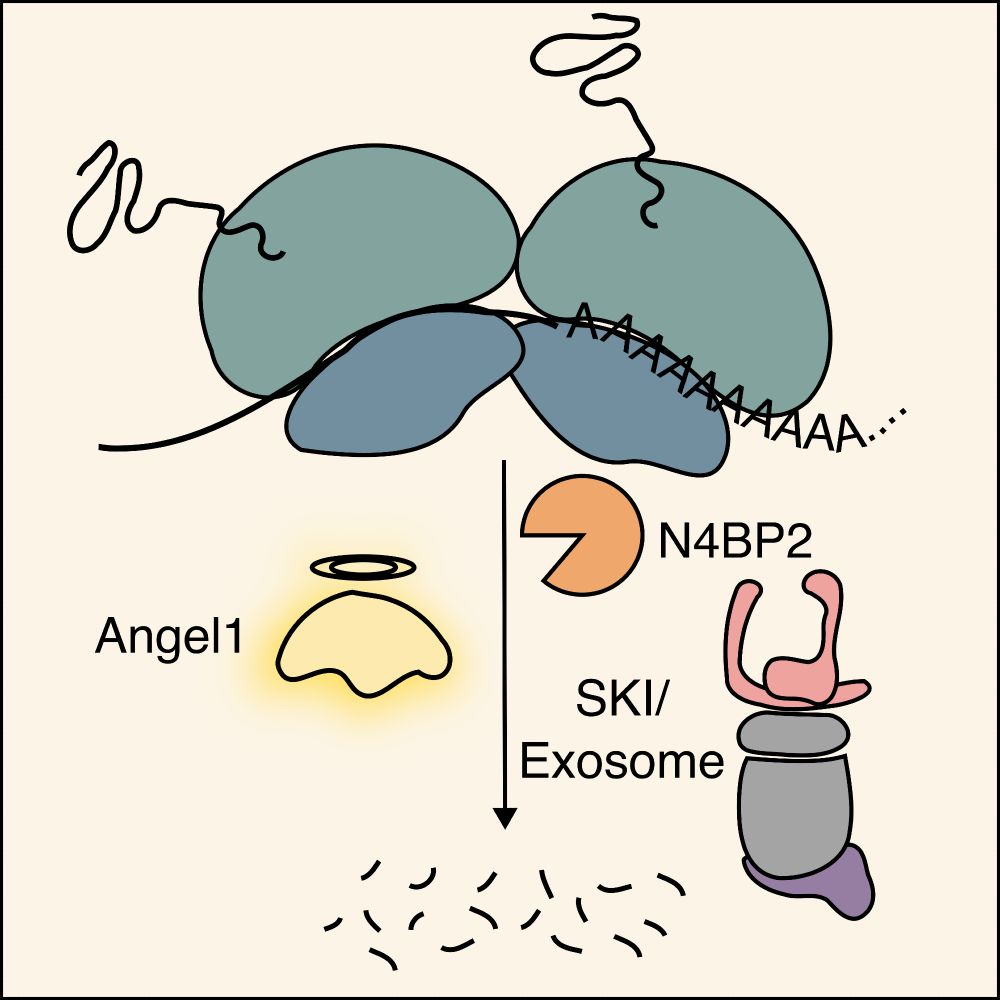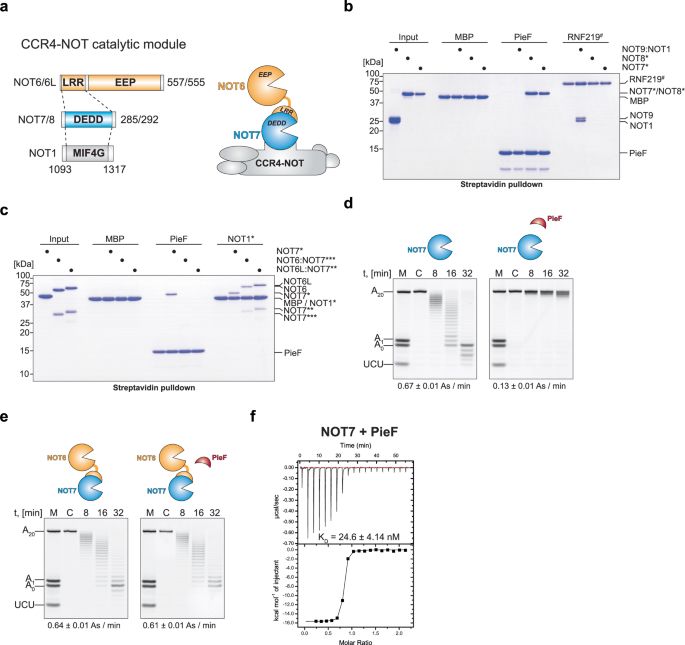
Molecular Biologist. RNA Scientist. Yeast Geneticist 🧬. British🇬🇧. Runner 🏃🏻…. Opinions are my own.
Interests: RNA Decay, RNA Processing, RNA & Disease.
#RNA #RNASky
P.S. Are there any Starter Packs for model organisms, especially, #BuddingYeast #Scerevisiae?
A transcription termination mechanism for maintaining homogeneous protein expression url: academic.oup.com/nar/article/...

A transcription termination mechanism for maintaining homogeneous protein expression url: academic.oup.com/nar/article/...


Pontocerebellar hypoplasia: a review from 1912 to 2022 url: academic.oup.com/braincomms/a...

Pontocerebellar hypoplasia: a review from 1912 to 2022 url: academic.oup.com/braincomms/a...
#HIV1 #Rev #RRE #CRM1 #Exportin1 #Ran
www.cell.com/molecular-ce...

#HIV1 #Rev #RRE #CRM1 #Exportin1 #Ran
www.cell.com/molecular-ce...
#RNA #mRNA #mRNAProcessing
From transcription to export: mRNA’s winding path to the cytoplasm
Murray Stewart
www.cell.com/trends/bioch...

#RNA #mRNA #mRNAProcessing
From transcription to export: mRNA’s winding path to the cytoplasm
Murray Stewart
www.cell.com/trends/bioch...
Structural and mechanistic insights into Dis3L2 mediated degradation of structured RNA
Rute G. Matos, Ankur Garg, Susana M. Costa, Patricia Pereira, Cecilia M. Arraiano, Leemor Joshua-Tor, Sandra C. Viegas
www.biorxiv.org/content/10.1...
Structural and mechanistic insights into Dis3L2 mediated degradation of structured RNA
Rute G. Matos, Ankur Garg, Susana M. Costa, Patricia Pereira, Cecilia M. Arraiano, Leemor Joshua-Tor, Sandra C. Viegas
www.biorxiv.org/content/10.1...

www.nature.com/articles/s41... Intracellular pathogen effector reprograms host gene expression by inhibiting mRNA decay | Nature Communications

www.nature.com/articles/s41... Intracellular pathogen effector reprograms host gene expression by inhibiting mRNA decay | Nature Communications











